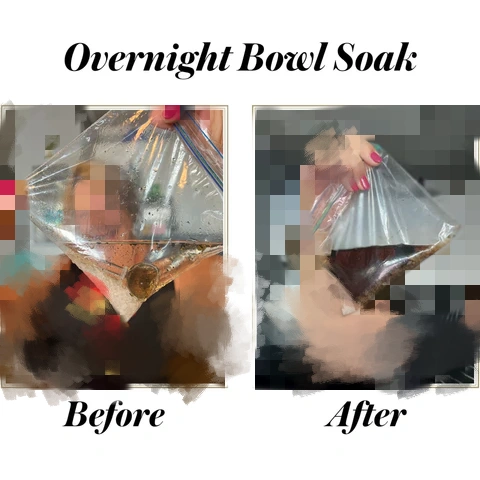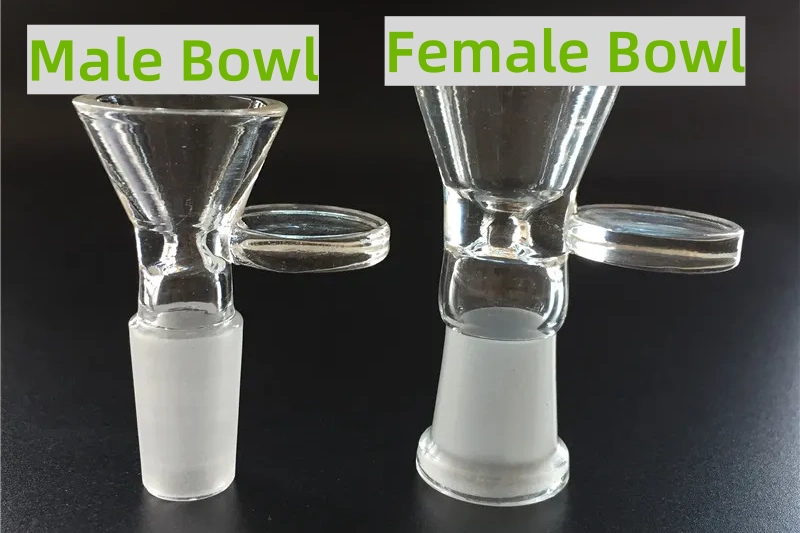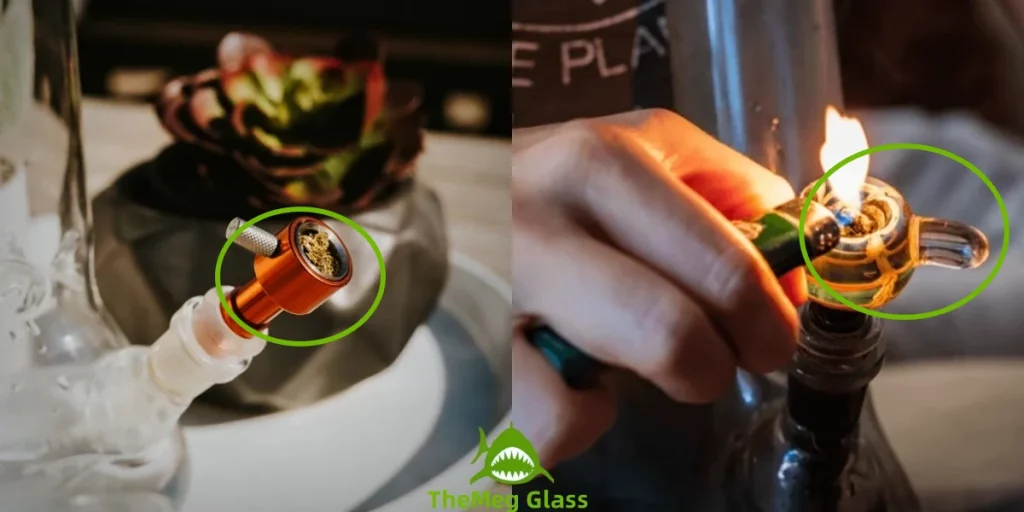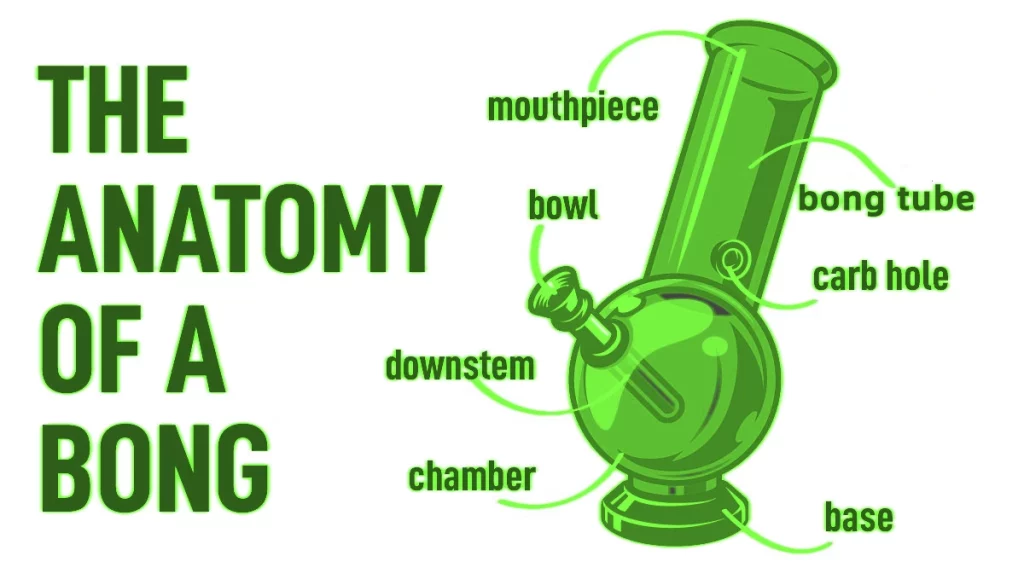Ultimate Guide to Glass Bong Repair: Glue Comparison & Safe Use
Have you ever broken your beloved bong and gone on a desperate hunt for ways to fix it? We all know that buying a new one might be the quickest solution. But let’s be honest—sometimes we just don’t want to hear, “Just get a new one.” Sure, replacing it is easy—but what we’re really looking for is a way to fix it.
If you’re just after a straightforward answer, here it is: Yes, glass bongs can be repaired. Whether it’s a crack or a break, with the right method, materials like epoxy resin, UV glue, or even food-grade silicone sealantcan work in certain situations.
Today, I’ll share some of my own experiences along with tried-and-true methods from other users online. You’ll learn which type of adhesive works best in different scenarios and how to properly repair your glass bong—so it’s as close to good as new.
Bong Repair Adhesives Compared: Epoxy, UV Glue & Food-Safe Silicone Sealantcan
Now that we know these 3 adhesives can all be used to repair a broken glass bong, it’s important to understand their individual characteristics. Knowing what each one does best can help you choose the most suitable option for your specific situation.
Of course, if you already have one of these at home, feel free to just use what you’ve got on hand—that’s totally fine too.
Epoxy Resin
First, let’s talk about epoxy resin—one of the most commonly mentioned glues when it comes to fixing a broken or cracked bong, and for good reason: once it’s fully cured, it becomes even stronger than glass, with very strong bonding power.

It’s especially suitable for repairing structural damage and large cracks, such as:
• Cracks at the bottom of the bong
• Loose or detached joints
• A broken tube or neck of the bong
In addition, it has advantages like being heat-resistant, waterproof, and resistant to chemical corrosion. All of these make it very suitable for bongs, which need to deal with water and hot smoke.
So, does it have any downsides?
Yes—it does. Epoxy glue takes a relatively long time to cure, usually around 24 hours to fully dry. This means that when you’re repairing your bong, you need to make sure the two parts can stay steadily pressed together and don’t get moved during that time. If the broken area is hard to keep in place, you might need clamps or some other method to help secure it—instead of relying on holding it with your hands the whole time.
UV Glue
The second type is UV glue, and I really like this one. I use it for repairing smaller cracks or fixing delicate bongs in my collection. That’s because once it’s cured, there’s almost no trace left, so it won’t affect the aesthetic appearance. The best part is that it can fully cure within 10 to 60 seconds, so you can quickly repair your bong and get back to using it.
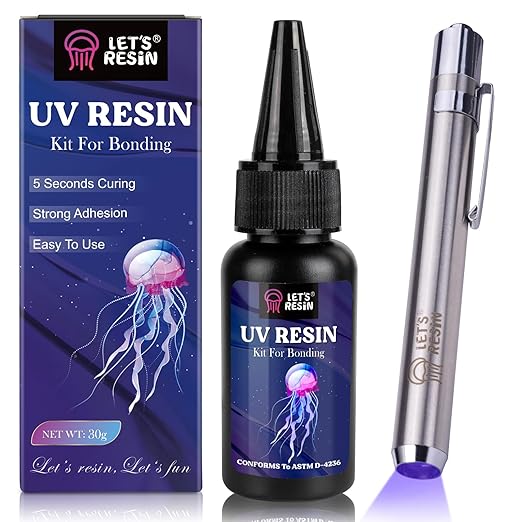
UV glue cures with ultraviolet light, so you’ll need to buy a UV lamp. Under the UV light, it will cure quickly. The same kind of UV lamps used for manicures are just the right type of device, so you could ask your girlfriend if she has one. Of course, you can also use the free UV source—the sun. The sun emits a lot of UV light, but since it’s not as concentrated, the curing time will be much longer. It’s best to expose it to sunlight for at least a few hours, or even an entire day.
One thing to note is that UV glue has poor high-temperature resistance. Some low-quality UV glues will melt and fail when exposed to temperatures around 100°C. So, it’s not recommended for fixing parts that need to withstand high temperatures, like the bowl.
Food-Grade Silicone Glue Sealantcan
I’ve also seen some people mention food-grade silicone sealantcan. Some are concerned that epoxy resin and UV glue might release harmful substances under high temperatures, which could be dangerous if inhaled. This is definitely a valid concern, and I’ll mention some precautions you should take when using these two types of glue later on.
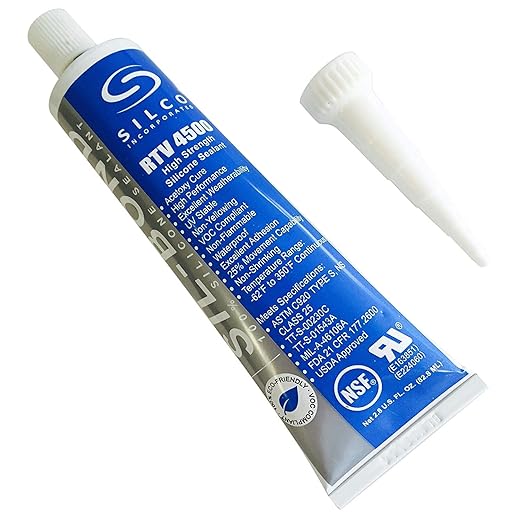
Food-grade silicone sealantcan is indeed very safe, but it’s more focused on sealing than structural strength. It’s more like toothpaste, used for filling gaps, coating, and sealing rather than bonding. In other words, it can’t bond glass as strongly as epoxy glue. I think it works better as an auxiliary adhesive. After using epoxy or UV glue for bonding, you can apply a layer of food-grade silicone sealantcan over the cracks to enhance sealing and provide some cushioning for those cracks. Also, food-grade silicone sealantcan typically takes around 24 hours to cure.
Comparison Table of 3 Types of Glue for Repairing Broken Glass Bongs
Through the comparison table below, you can quickly understand the characteristics of these 3 types of glue and the bong/water pipe repair scenarios they are best suited for.
| Features / Glue Type | Epoxy | UV Glue | Food-Grade Silicone Sealant |
|---|---|---|---|
| Curing Method | Natural curing, usually takes several hours to 24 hours | ✅Cured by UV light exposure, from a few seconds to 1 minute | Natural curing, 6–24 hours |
| Transparency / Appearance | Medium transparency, may slightly yellow | ✅ High transparency, almost no repair marks | Semi-transparent or white, visible sealing line |
| Bonding Strength | ✅ High (ideal for structural repairs, strong adhesion) | Medium-high (good for small cracks or small piece bonding) | Low (not for load-bearing, only for sealing) |
| Flexibility | Hard, slightly brittle | Hard after curing, almost no elasticity | Flexible, soft |
| Air-tight / Waterproof | ✅ Extremely waterproof | Suitable for blocking small cracks | Good sealing ability |
| Best for Repairing | Structural breaks | Joint detachment, small glass pieces, high aesthetic requirements | Bong bottom cracks,Mouthpiece, edge sealing |
| Pros | Strong bonding, durable, versatile | Fast curing, high transparency, precise bonding | Safe, flexible sealing, waterproof, mouth-friendly |
| Cons | Long curing time, can be slightly bulky | Needs UV lamp, not heat-resistant | No bonding strength, poor aesthetic, not strong structurally |
What is the Best Glue to Repair a Bong?
Overall, epoxy resin is the most versatile option, suitable for various repair needs. If you don’t want to think too much about it, just go for epoxy. If you’re aiming for aesthetics and a quick fix, UV glue is the ideal choice. On the other hand, food-grade silicone sealantcan serves as a perfect supplement, enhancing the sealing and providing cushioning.
Precautions When Using Glue to Repair a Glass Bong
Here, I would like to briefly share a few small precautions to ensure repair effectiveness and safety:
- Clean the Surface: Before using the glue, make sure the repair area is clean and dust-free. Use alcohol or a cleaner to wipe the surface to remove oils, dust, and other impurities, so the glue can bond better.
- Use Safely: These glues may emit some odors when in use, which could affect your health. Therefore, it’s best to perform repairs in a well-ventilated environment—open your windows for proper ventilation. If possible, wear protective gloves and goggles to avoid the glue coming into contact with your skin or eyes.
- Use in Moderation: Using more glue is not always better. Too much glue can affect curing efficiency and speed, and excess glue is unhealthy. It can also affect the appearance once it overflows.
How to Fix a Broken Bong in Different Situations?
Alright, maybe you’re not that interested in too much theoretical information and just want direct answers. So let’s take a look at which type of glue to use and how to repair your bong in different situations.
How to Fix a Crack in a Glass Bong?
This is one of the most frequently asked questions. No matter what caused the crack, once it appears, it’s almost impossible to stop it from spreading—it’s only a matter of time, since it has to do with the internal stress of the glass. However, by using glue, we can effectively slow down the spreading process.
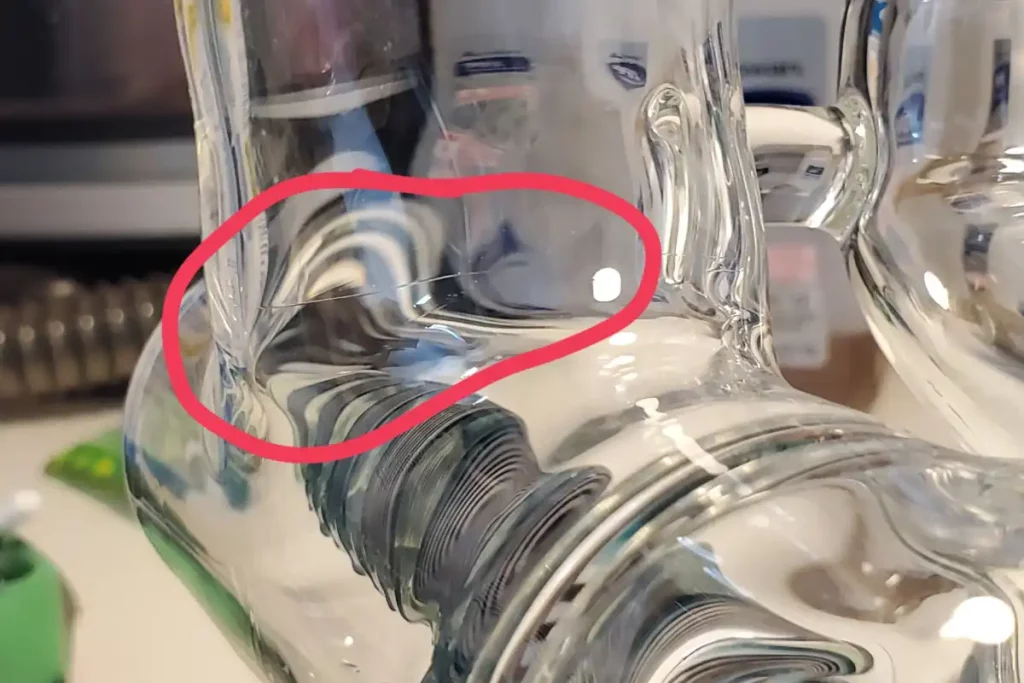
Since it’s just a crack and doesn’t involve bonding two broken pieces of glass together, you can use Food-Grade Silicone Sealantcan. It will form a transparent, nearly invisible, waterproof sealing layer over the crack to cover and protect it.
If your bong’s base tends to crack easily, consider grabbing a silicone pad or sleeve when you buy a new one. It adds a protective cushion, absorbs impact from accidental bumps, and can seriously reduce the risk of future damage.
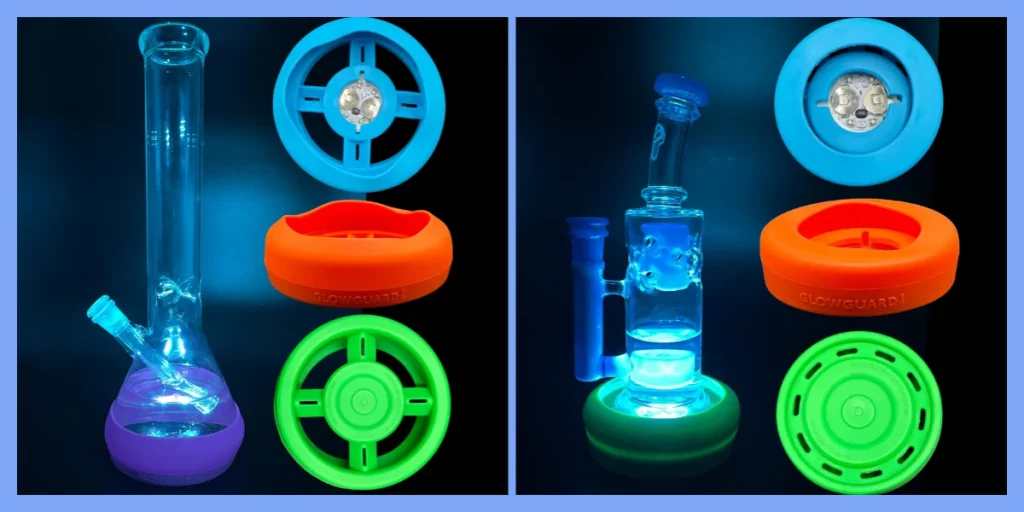
How to Fix a Broken Bong Body?
When the body of your bong breaks, the crack is usually larger, and the main chamber needs to withstand more force. In this case, epoxy resin glue is the more suitable choice.
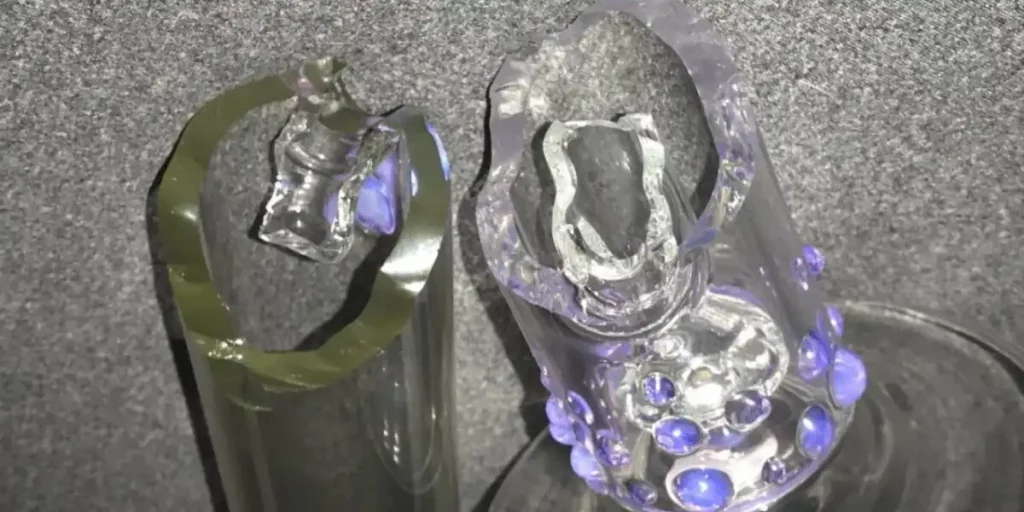
If you want to take it a step further, you can first repair it with epoxy resin and let it fully cure. After that, apply a layer of food-grade silicone glue around the crack to improve the seal.
This method also works well when your bong has broken into a few large pieces. On some online forums, people have shared their experiences using epoxy glue to repair major breaks in the bong body—and it actually works quite well.
Important Tip: Epoxy glue takes several hours—sometimes up to a full day—to fully cure. That means you’ll need to find a way to keep the broken pieces tightly pressed together during this time. As mentioned earlier, using a clamp or some tape right after applying the glue can help hold everything in place while it sets.
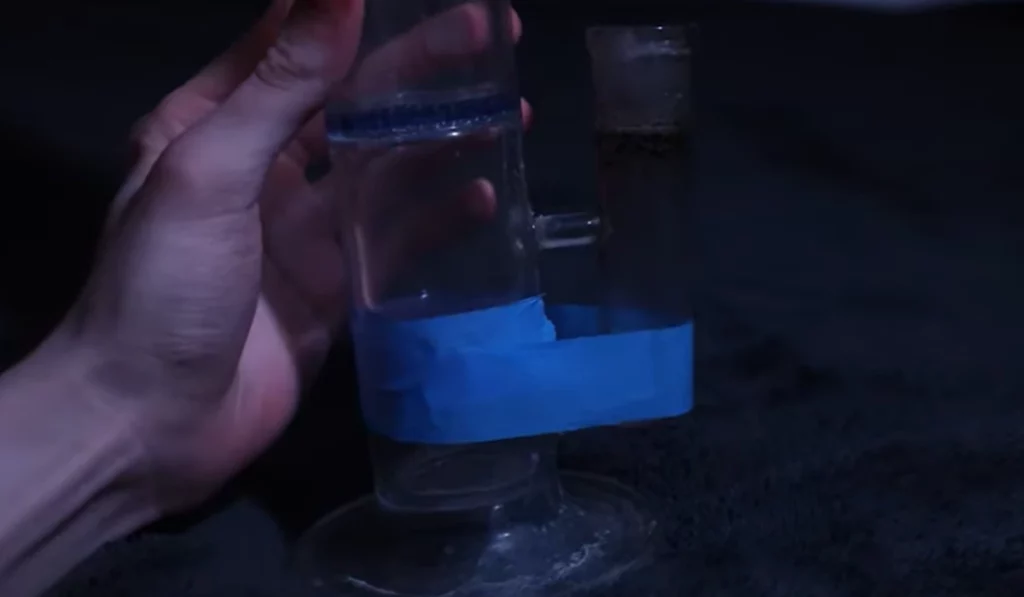
If the parts you’re trying to bond are tricky to keep aligned or won’t stay together easily, UV glue can be a great alternative. It cures quickly with a UV light and allows for more precise, immediate bonding.
How to Repair a Broken Bong Joint?

UV glue is a great option for fixing a broken bong joint. With a UV light, you can quickly bond the broken pieces together—it’s easy to apply and cures in seconds.
Of course, epoxy resin is also an effective choice. However, you’ll need to make sure the two joint parts stay in position for a longer time while the glue cures completely.
You can even find YouTubers using UV glue to reattach broken joints smoothly and effectively.
How to Fix a Hole in a Bong?
If the hole is relatively large, glue alone might not be enough to fix it effectively. In this case, you can use resin putty to fill the hole. After applying the putty, place the bong in an oven to fully dry and harden it—this method usually provides a more solid repair.
For smaller holes, both epoxy resin and UV glue are viable options. However, consider whether the repaired area needs to handle high temperatures. If it does, epoxy resin is the better choice since UV glue may melt under high heat.
How to Fix a Broken Downstem on a Bong?
When a downstem breaks, both UV glue and epoxy resin can be used as repair options. However, if the crack is near the upper part of the downstem, where the smoke travels through and temperatures get higher, epoxy resin is a safer bet because it’s more heat-resistant.
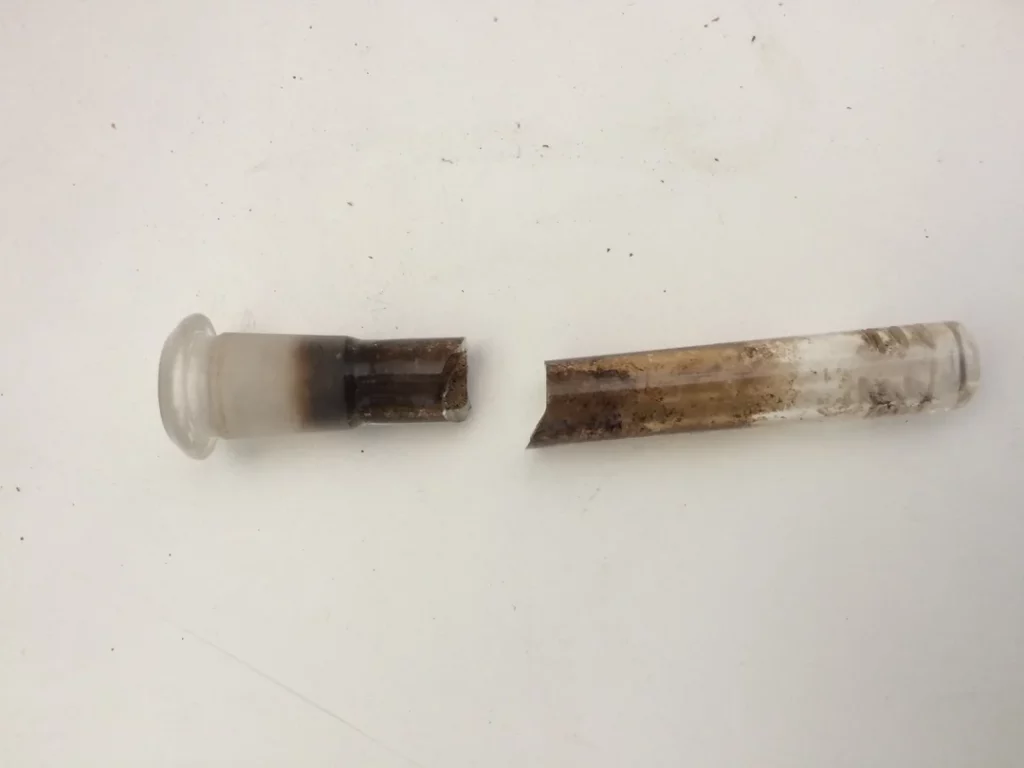
That said, I still recommend replacing the downstem altogether. No matter what glue you use, there’s always a risk of harmful fumes being released under high heat—especially when the broken part is directly in the smoke path.
We have plenty of affordable and high-quality replacement glass downstems available on our website, so it’s a good idea to keep a few spares at home. And if you want the ultimate backup, get a metal downstem. It’s practically indestructible—perfect for use while waiting for your new glass one to arrive.
How to Fix a Broken Bong Bowl?
The bowl sits closest to the heat source, so if you’re thinking of a temporary fix, only use heat-resistant epoxy glue.
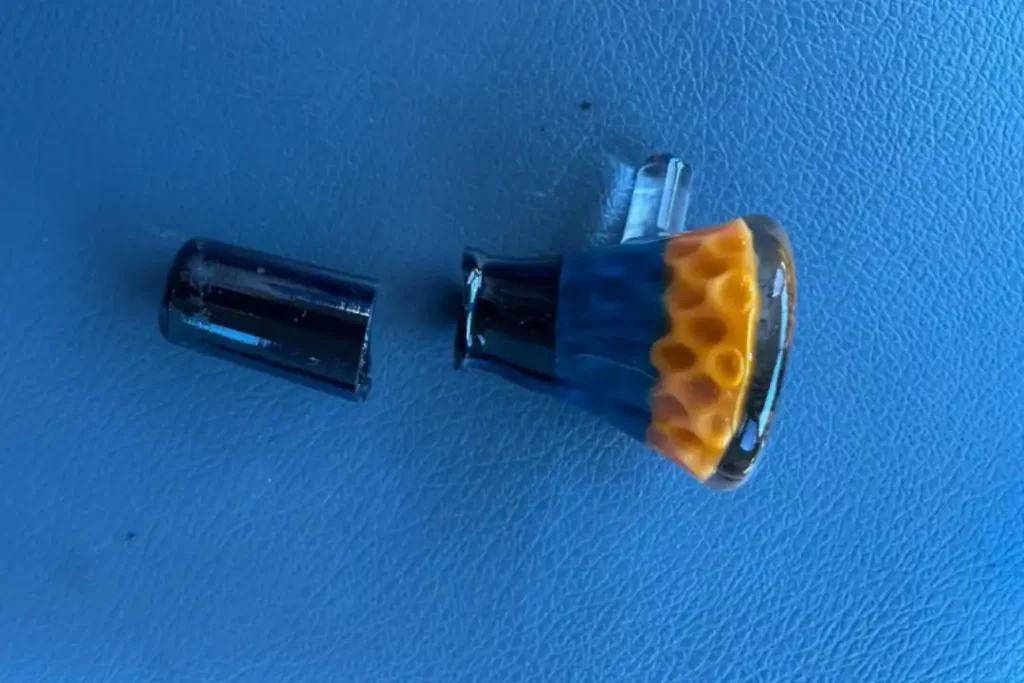
That said—just like with a downstem—it’s best not to keep using a broken bowl. High temperatures can trigger harmful chemicals from the glue. A safer move? Simply replace it. We offer a wide selection of affordable glass bowl and metal bowls on our website—way more reliable and better for your health.
What If Your Bong Is Shattered Into Pieces?
If your bong is broken into lots of tiny pieces, don’t waste time trying to glue it back together. It’s a frustrating process, you’ll need way too much glue, and the result likely won’t be safe or usable.

Your best bet? Treat yourself to a brand new bong, and take good care of it this time!
Practical Tips to Prevent Your Glass Bong from Breaking
- Use Silicone Protective Sleeves: Adding a silicone sleeve around the base and other vulnerable parts of the bong can effectively reduce the impact of falls or bumps. Silicone is lightweight and provides some anti-slip properties, lowering the risk of the bong tipping over.
- Avoid Sudden Temperature Changes: Glass is highly sensitive to temperature fluctuations, especially when exposed to hot smoke. If the bong is exposed to high heat for long periods, it may crack. Avoid placing the bong directly near a flame or over steam.
- Avoid Dropping: Always place the bong on a stable, safe surface, away from edges or cramped spaces where it could easily tip over.
- Use Anti-Slip Mats: Place an anti-slip mat under the base of your bong, especially on smooth or slippery surfaces. This will prevent the bong from sliding and absorb minor impacts, reducing the chances of breakage.
- Inspect Regularly: Check your bong for small cracks or damage periodically. Address any minor cracks immediately to avoid them getting worse.
- Choose High-Quality Glass: Invest in high-quality glass, such as borosilicate glass, which is durable and resistant to heat cracks. A sturdier glass bong will be less prone to breakage.
By following these methods, you can not only extend the lifespan of your bong but also improve safety while using it. If you’re concerned about additional protection, consider investing in a hard shell case or protective bag for storage.
Give Your Cracked Bong a Second Chance – Repair and Revive
A cracked or broken bong doesn’t have to be the end of the road – with a little time and effort, your bong can be repaired and ready to deliver the perfect hit. If you’ve tried out these methods or want to share your experiences, feel free to leave a comment and connect with other readers of this article. Your insights could help others perfect their bong repair skills!


